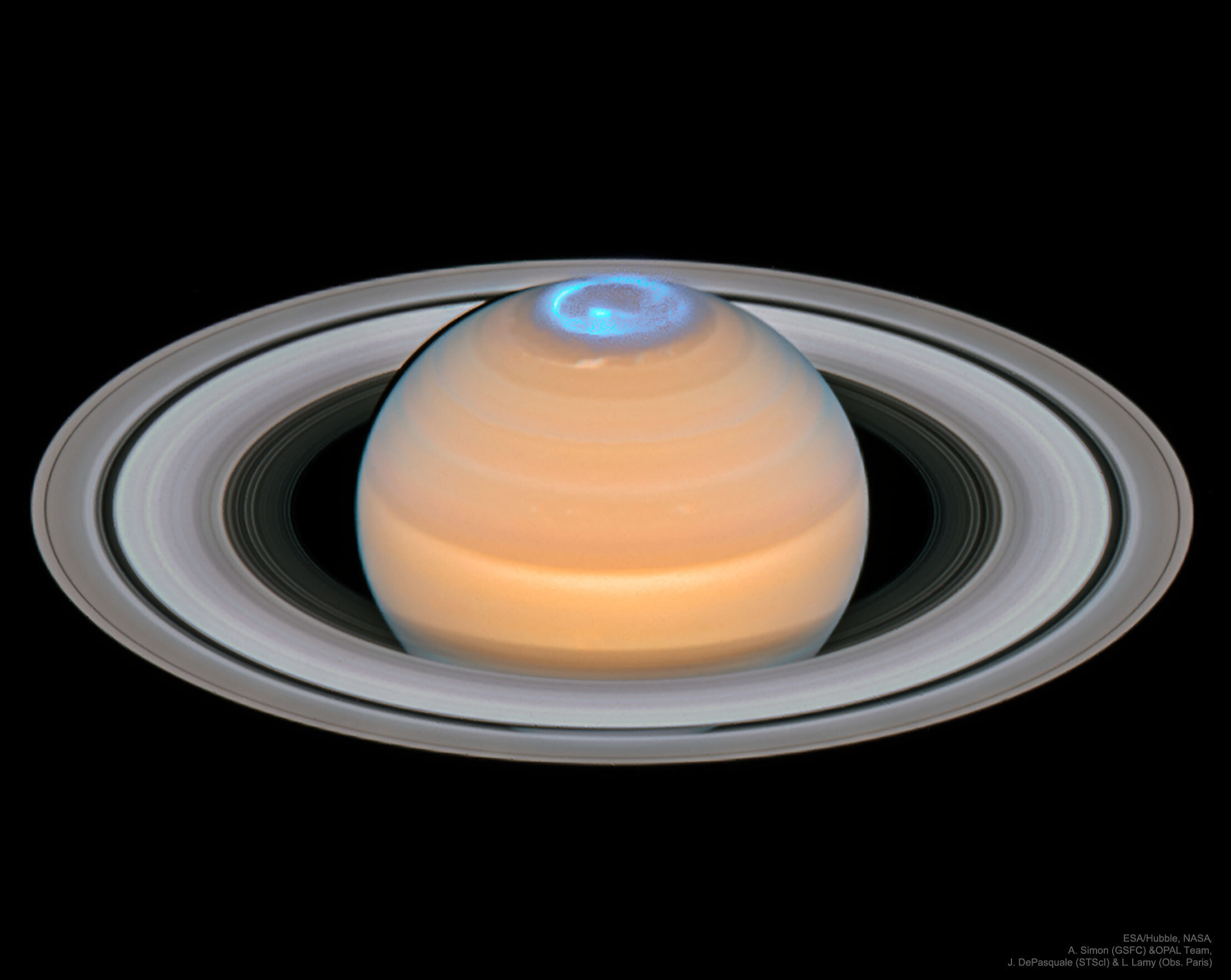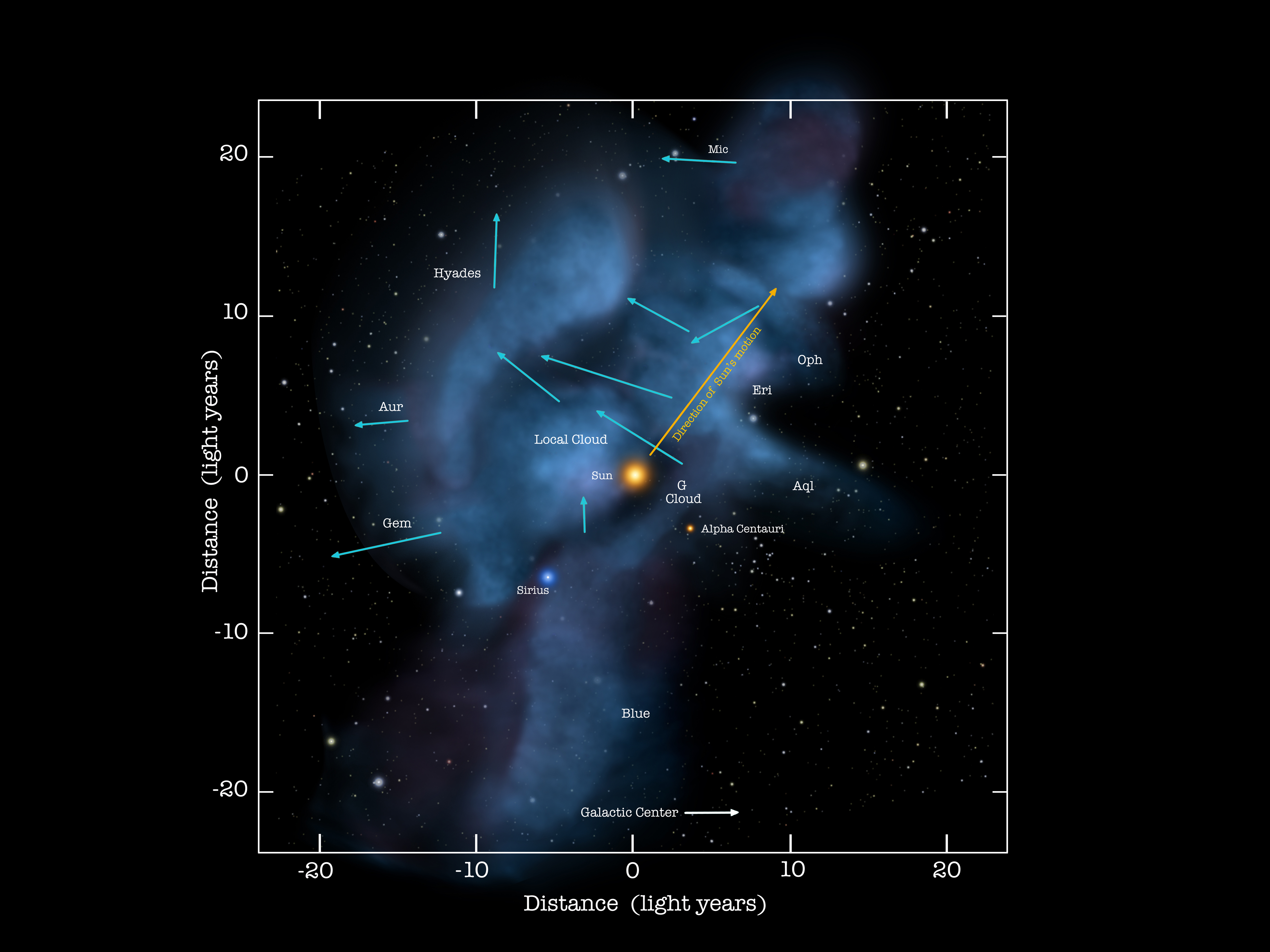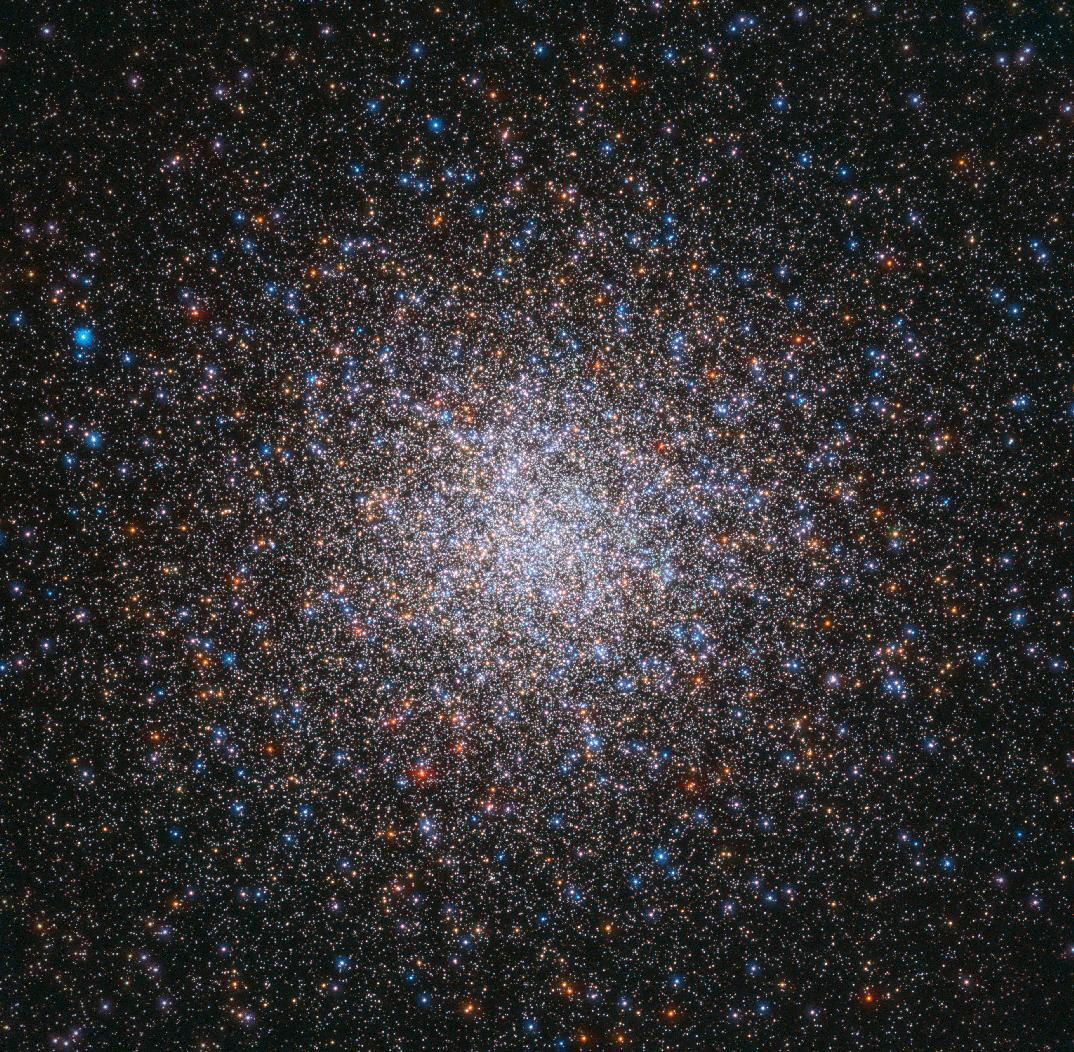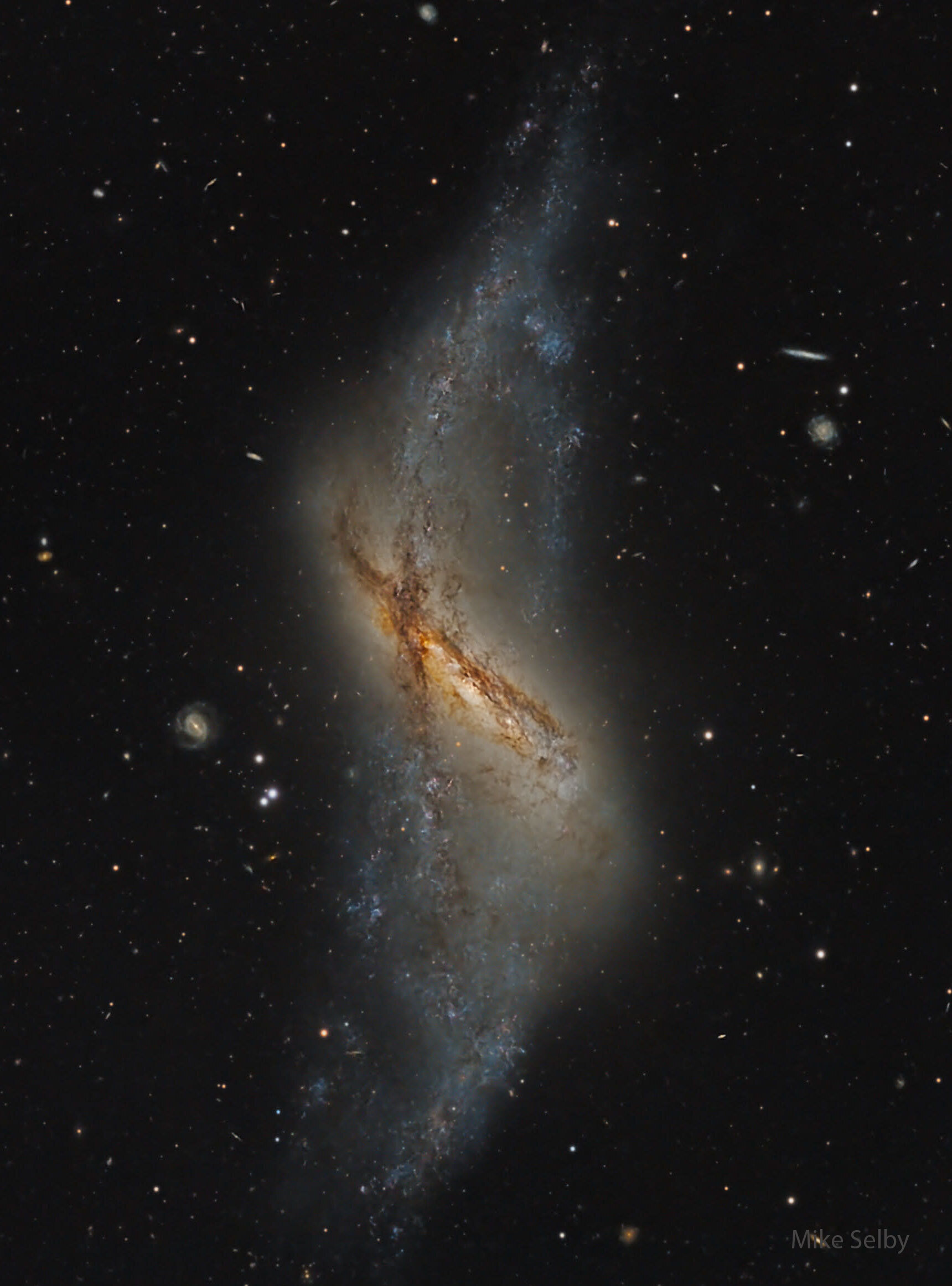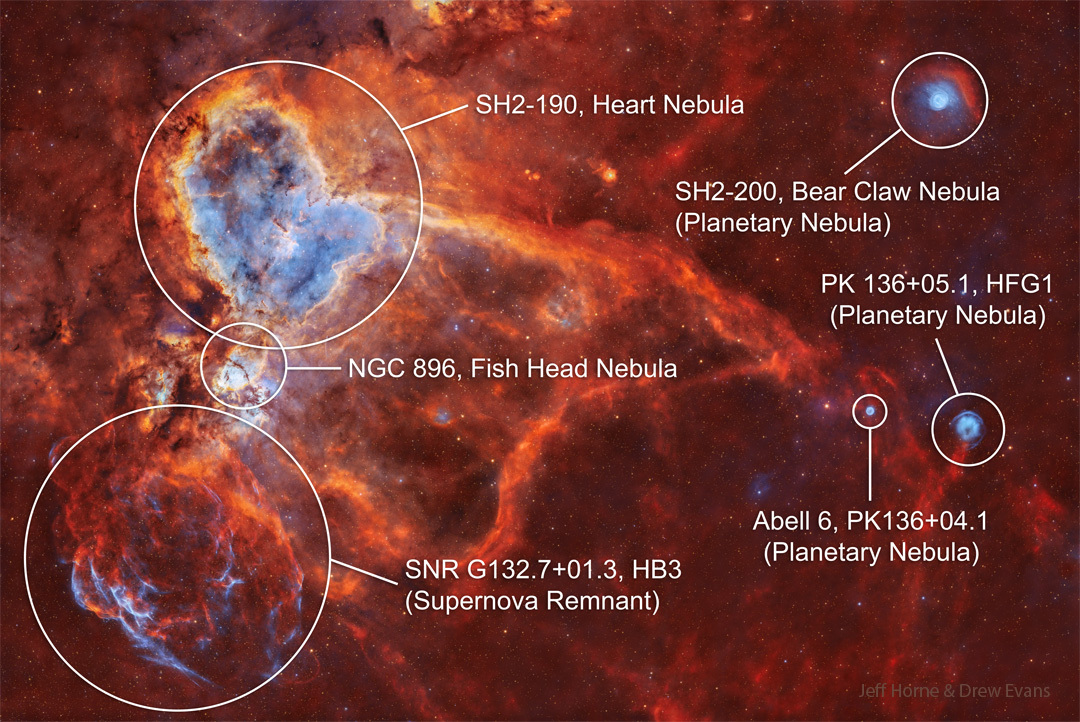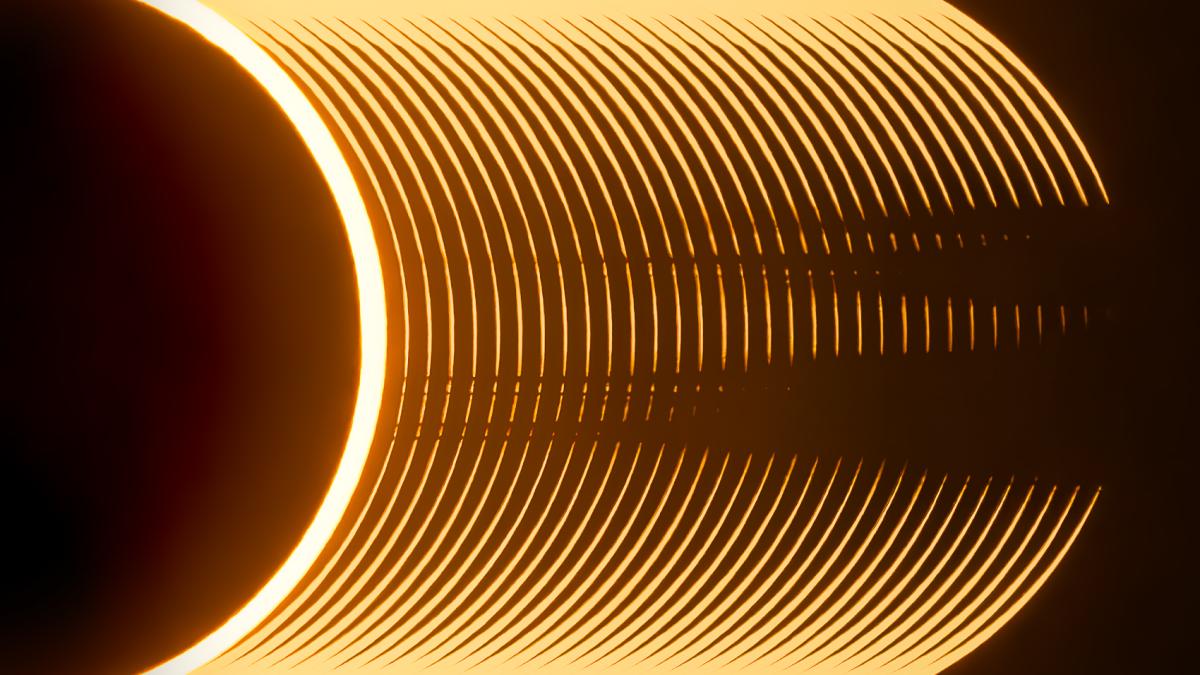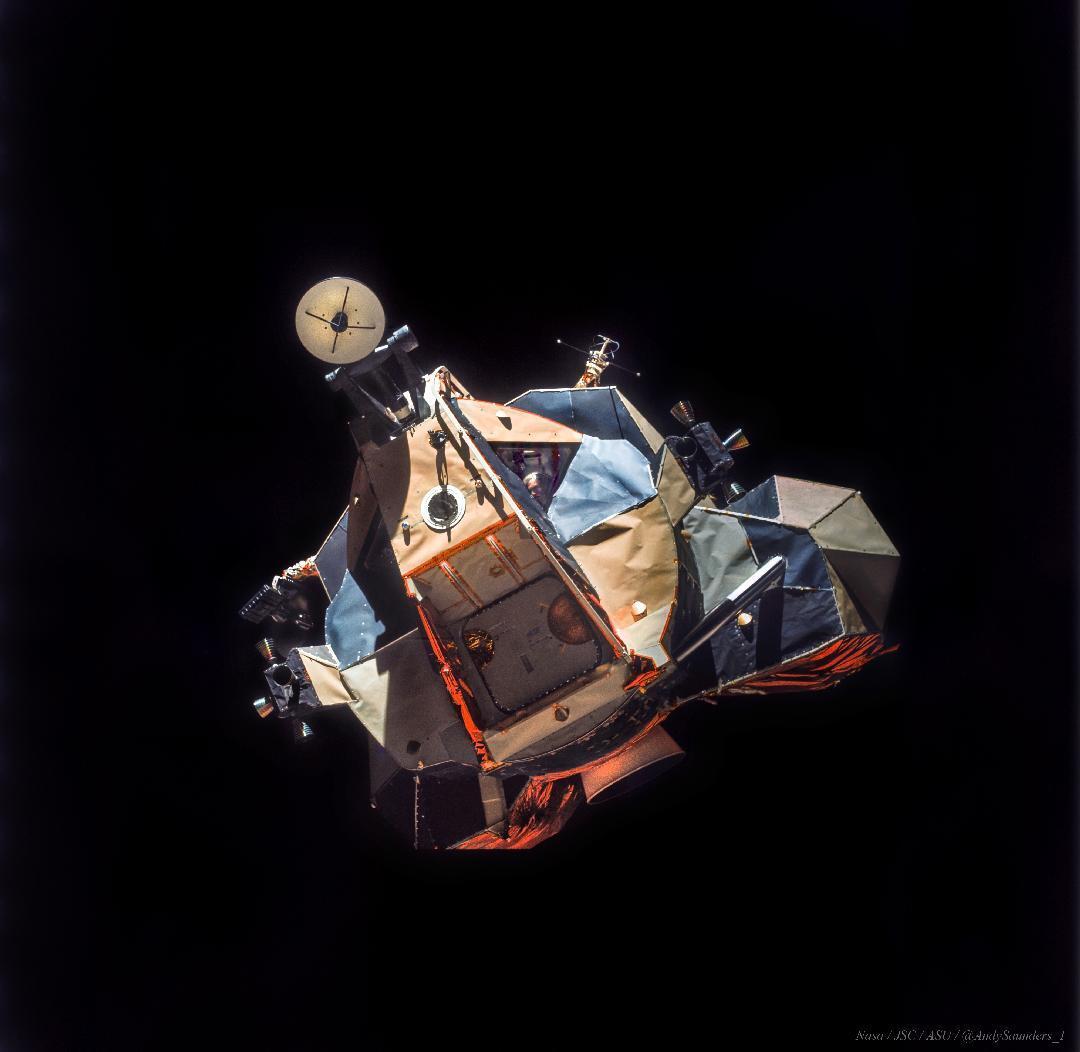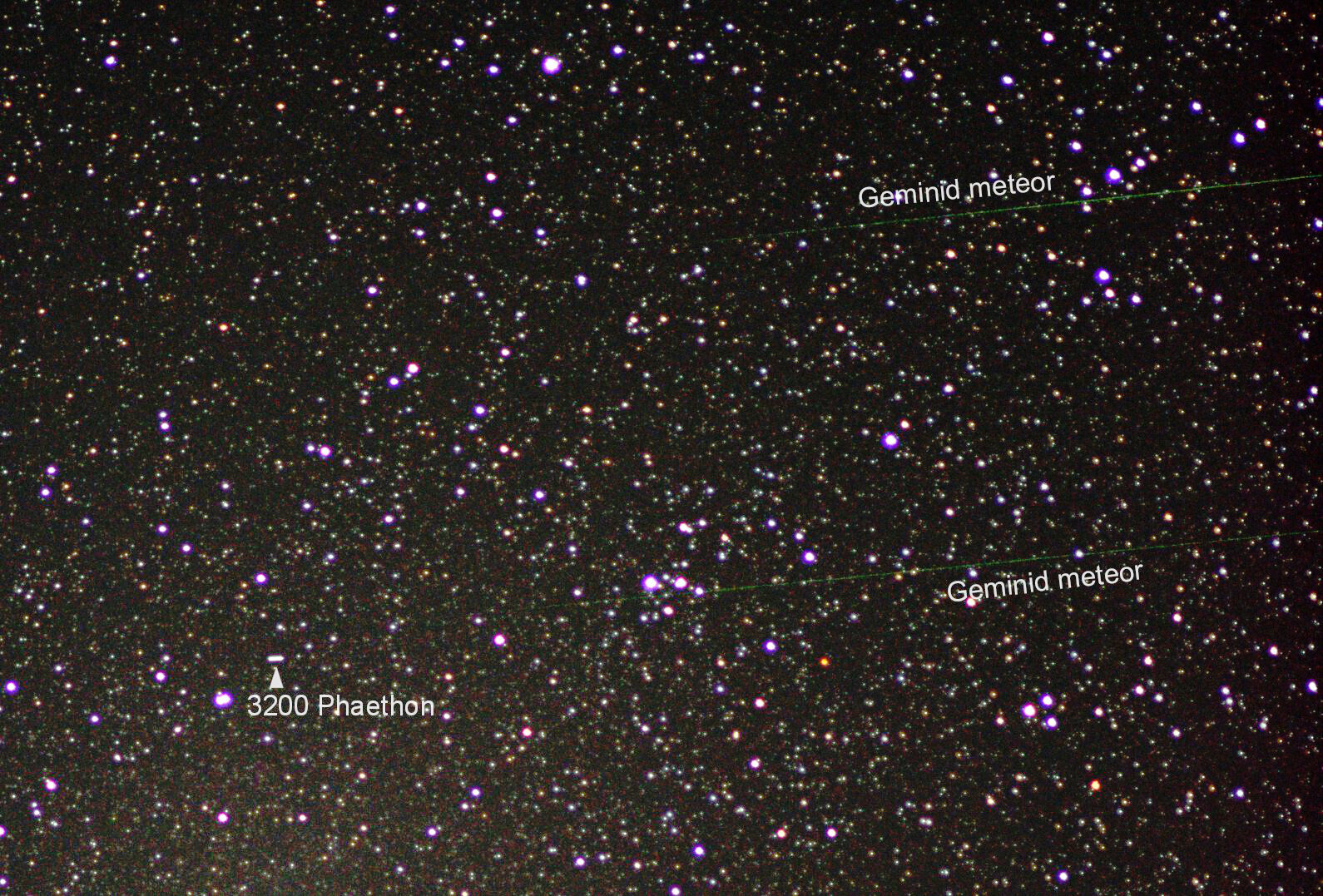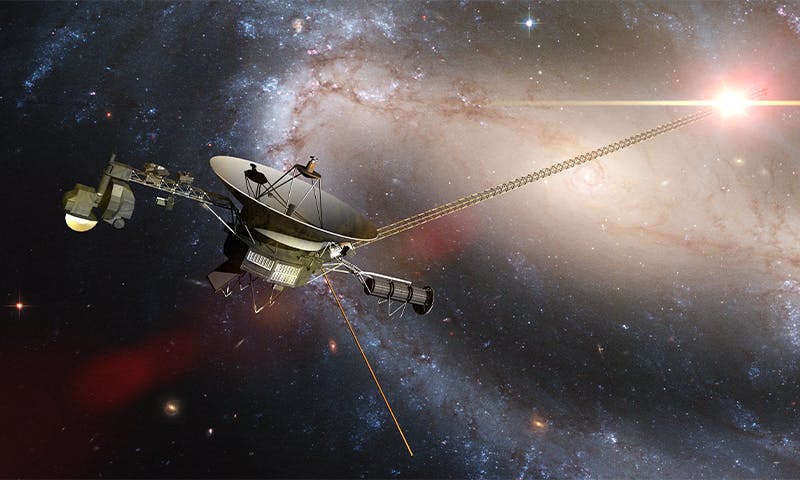#astronomy
https://astrodon.social/@esoastronomy/113669009506943775 esoastronomy@astrodon.social - After all, black holes are not as destructive as we thought! 😮
Using our Very Large Telescope, astronomers have discovered, for the first time ever, a binary star close to our galaxy's supermassive black hole. Binary stars are extremely common throughout the galaxy but not close to the black hole, which makes this new system really interesting!
Named D9, it looks like a single dot, but its speed wobbles periodically back and forth, revealing that this is in fact two stars orbiting each other as they move together around the black hole.
Interested? Read more: https://www.eso.org/public/news/eso2418/
Video summary: https://www.youtube.com/watch?v=SQVG7pqcHTc
📷 ESO/F. Peißker et al., S. Guisard
#astrodon #astronomy #astrophysics #space #science
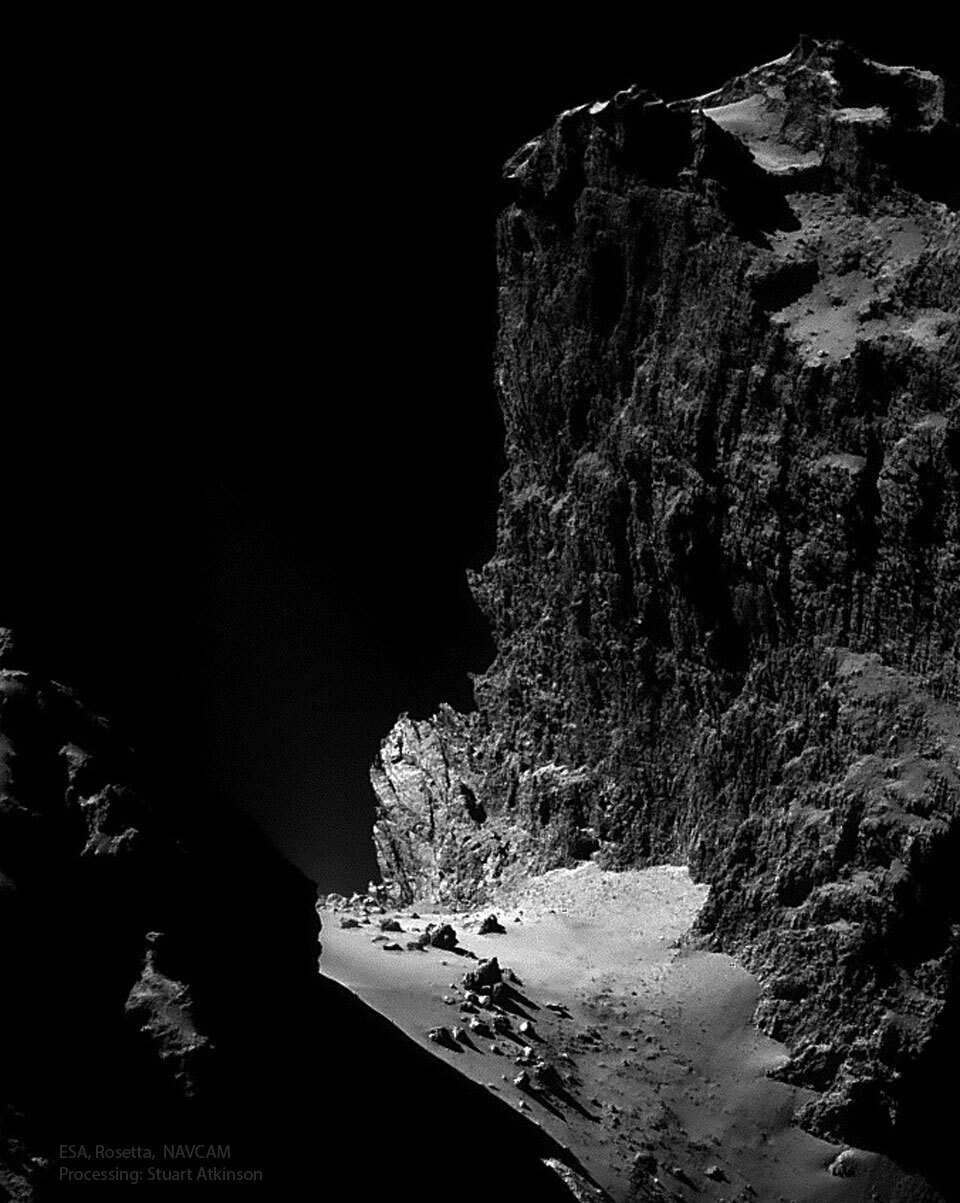
A Kilometer High #Cliff on #Comet #Churyumov-Gerasimenko
#Astronomy #Picture of the Day
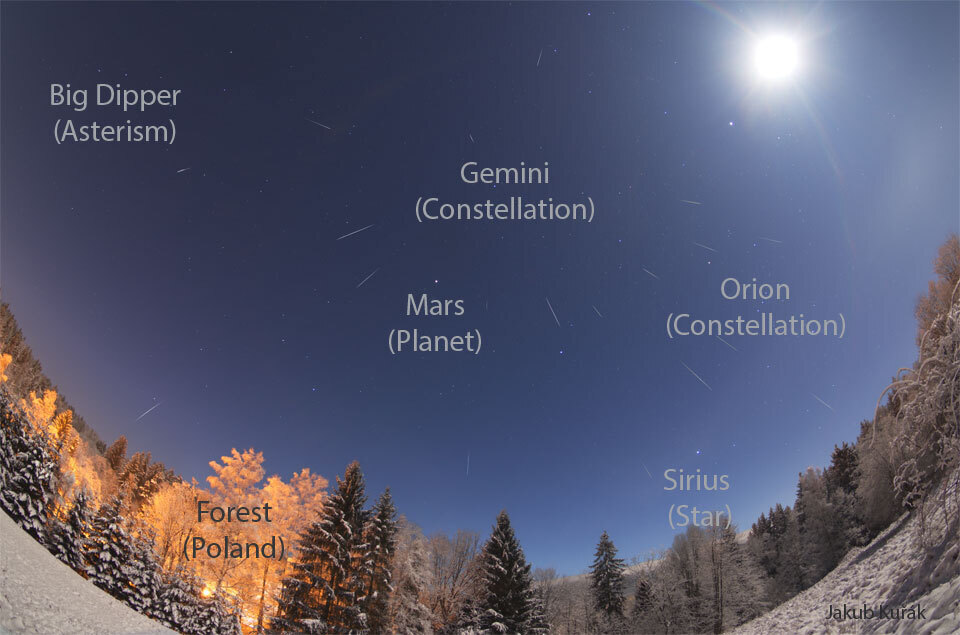
#Geminid #Meteors over a #Snowy #Forest
#Astronomy #Picture of the Day
"Some experts give the Voyagers only about five years before we lose contact."
"The probes are running critically short of electricity from what are called their 'nuclear batteries' -- actually radioisotope thermoelectric generators that make electricity from the radioactive decay of plutonium. The fading power of the probes and the difficulties of making contact over more than 10 billion miles means that, one day soon, one or other of the Voyagers won't answer NASA's daily attempts to communicate via the Deep Space Network of radio dishes. Both probes use heaters to keep key instruments warm and keep the hydrazine in the fuel lines liquid: When the fuel freezes up, the probes won't be able to use their thrusters to keep their main radio antennae pointed at the Earth, and their communications will come to an end."
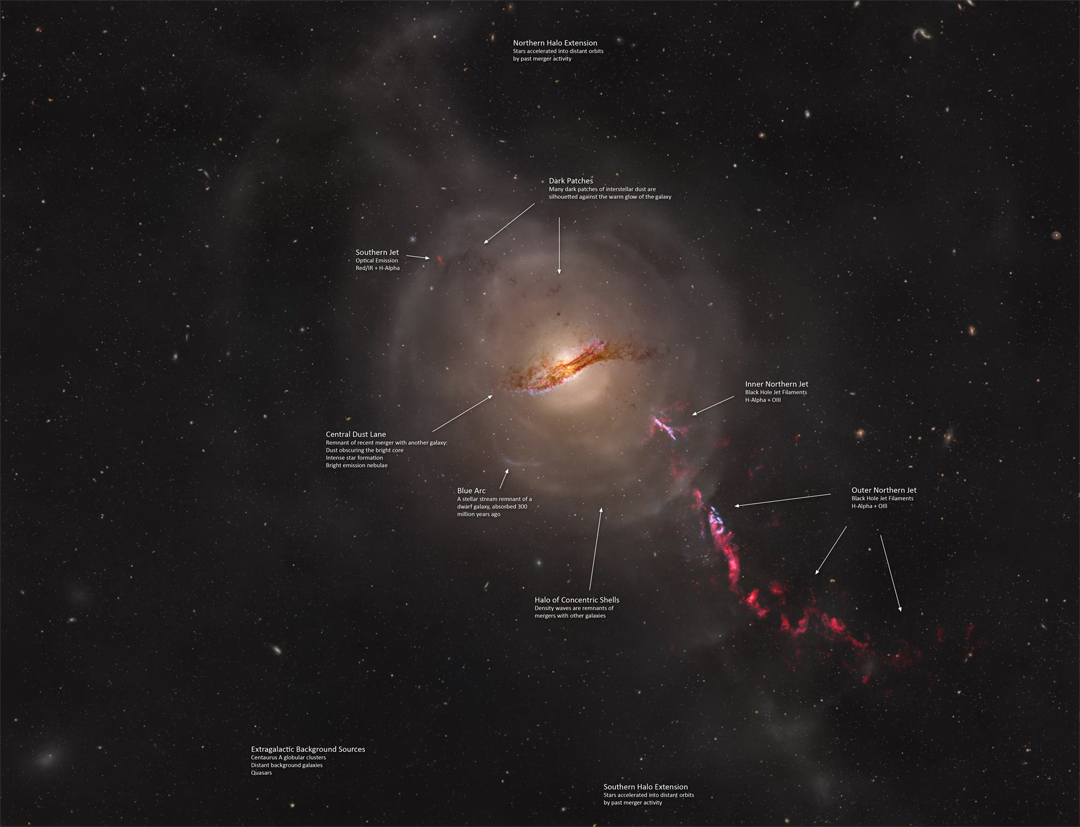
The #Shells and #Jets of #Galaxy #CentaurusA
#Astronomy #Picture of the Day

The Great #MeteorStorm of #1833
#Astronomy #Picture of the Day
